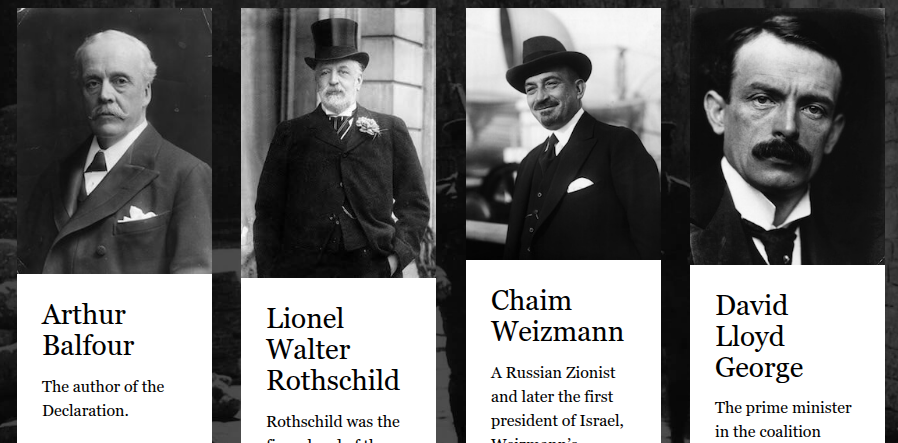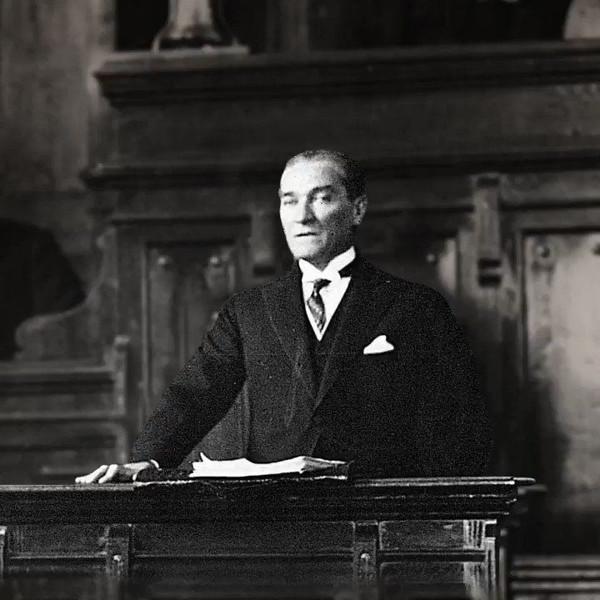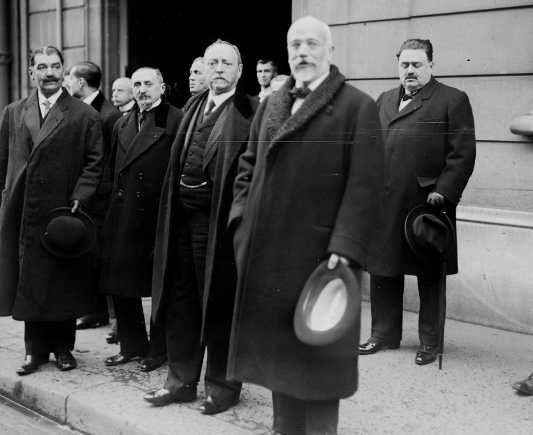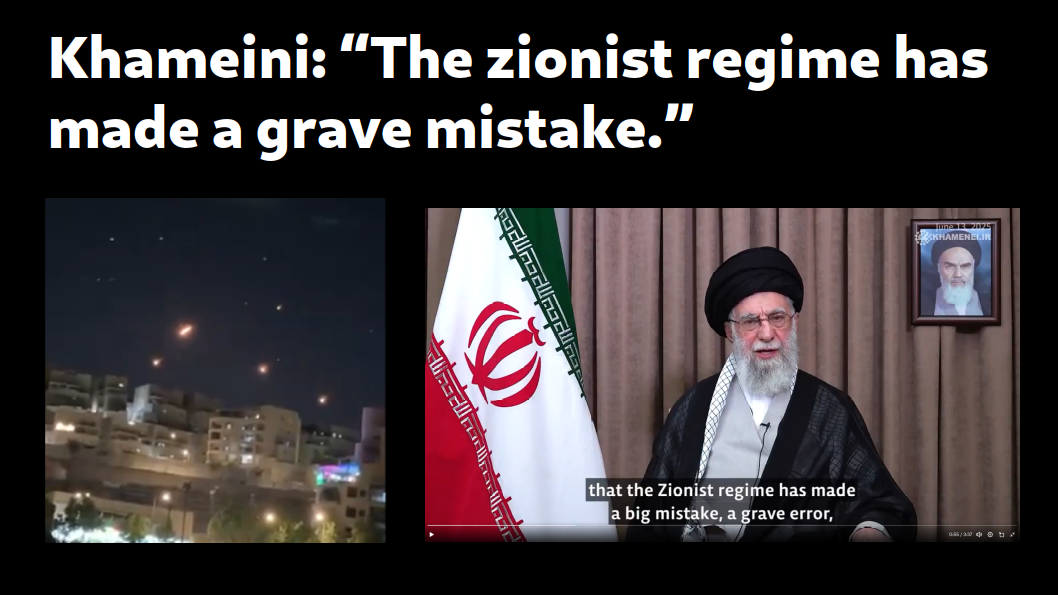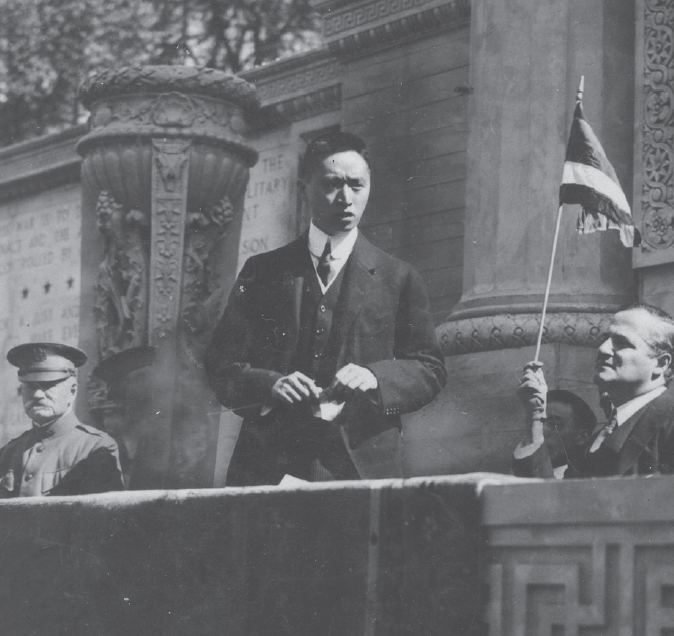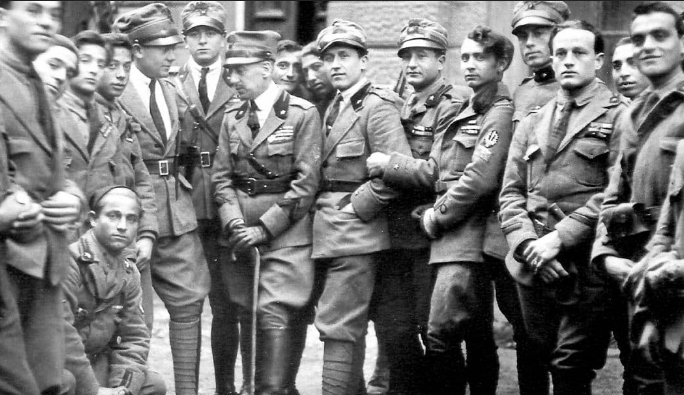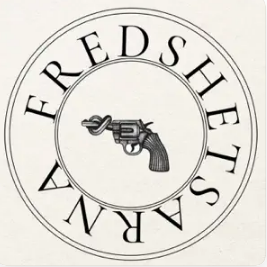On November 2, 1917, England’s foreign secretary sent a letter to an English Baron, declaring that the land of Palestine, which was in the process of being taken militarily from the Ottoman Empire by England, would be given to the Jewish people as their homeland. Known to history as the Balfour Declaration, the first draft was written by its recipient, Rothschild, and maneuvered by the Zionist movement’s secretary Chaim Weizmann. One Christian Palestinian warned in 1917 that “Politically, a Jewish State in Palestine, will mean a permanent danger to a lasting peace in the Near East.” How the British Empire and the Zionist movement, in the face of anti-Zionist dissent and objections on grounds of self-determination, set the region up for more than a century of war and the current genocide.
AER 150: Kung Fu Yoga with Carl Zha on the new Trump Tariffs
Carl Zha joins for our occasional Kung Fu Yoga series where we talk about India and China. Trump’s slapped new tariffs on India and given China another break. We go back to the Independence era, talk about Import Substitution Industrialization vs Export-Led Growth, the Chip War, the short India-Pakistan war a few months ago, and more. Will India-China relations improve after Trump’s snub? Or will India go right back to Trump for more abuse?
Civ 1919: Treaty of Versailles 9 – Carving up the Ottoman Empire
Mustafa Kemal foils the Great Powers’ plan to carve up Anatolia, but they do tear up the Arab lands. The fate of Syria, Lebanon, Iraq, Egypt, where local elites’ belief in the Fourteen Points were crushed by the Powers as they set the table for Zionism and neocolonial mandates.
Civ 1919: Treaty of Versailles 8 – Greece negotiates too well
The story of Greece’s negotiator Eleutherios Venizelos, and how his success at negotiating sowed the seeds of future disasters.
AER 149: SIT REP JUNE 14 2025
Initial reactions to the new war (audio of the regular youtube sit rep).
Civ 1919: Treaty of Versailles 7 – Japan and China
Japan takes a stand on the principle of racial equality, but it’s a non-starter with the white powers. The Japanese insist, and ultimately yield so they can take a piece of China.
Civ 1919: Treaty of Versailles 6: Italy leaves
Italy joined the allies late and wanted a lot of Yugoslavia. The dress rehearsal for Mussolini, Gabriele d’Annunzio, gathers Argonauts and makes a big move. Another seed of the next war planted at the conference in Paris 1919.
AER 148: The myth of nonviolence
Frederik Soderholm and Mehmet Ali Arslan interviewed me (Justin) for their Fredshetsarna (Swedish) podcast about nonviolence and military matters in West Asia.
Civ 1919: Treaty of Versailles 5 – Eastern Europe
Poland, Czechoslovakia, Austria, and Hungary’s fates are decided at the conference in Paris in 1919.
AER 147: Sudan Civil War, the RSF, and the UAE’s subimperialism
Hamza from Defund the UAE joins to talk about the Sudan war. How did it start? Who are the belligerents? What makes the RSF the greater evil? What is the UAE doing in this war? What can be done from the West to help? Hamza mentions Sudanfunds.com and SudanNewsEnglish on telegram, to start.

